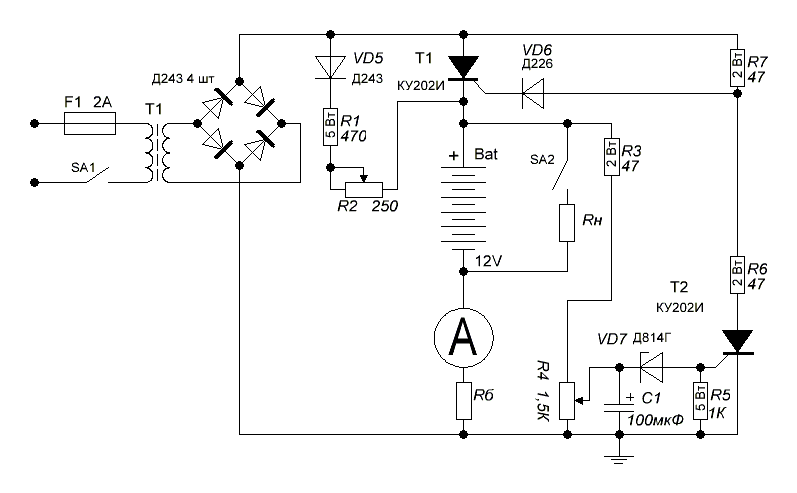
Regulyator Oborotov Ventilyatora 220 Voljt
• Vaccinium virgatum (syn V. Ashei) is commonly known as rabbiteye blueberry and native to the Southeastern United States. Cultivars are typically grown from North Carolina south to Florida and west to Texas for commercial blueberry production. In the Southeast, plants exhibit superior environmental.
About Vitaco “Vitaco”, our company name, comes from the Latin word “vitalis”, meaning “life”. We think that’s a perfect description of who we are and what we stand for. Vitaco History. Vitaco Health Ltd began as a company in 2007 as a merger of two Australasian health & wellness companies.
• The North American Vaccinium section Cyanococcus includes the ecologically and economically important blueberry species, Vaccinium corymbosum (highbush blueberry), Vaccinium angustifolium (lowbush blueberry), Vaccinium myrtilloides (velvet-leaf blueberry), and Vaccinium virgatum (rabbiteye blueberry. • Kai, Hisahiro; Fuse, Takuichi; Kunitake, Hisato; Morishita, Kazuhiro; Matsuno, Koji 2014-06-30 The inhibitory effects of blueberry leaves on the proliferation of adult T-cell leukemia (ATL) cell lines have previously been reported. A comparison of blueberry leaf extracts from different cultivars and seasonal variation were investigated regarding their effects on ATL cell line proliferation. The inhibitory effects of 80% ethanol leaf extracts from different blueberry cultivars collected from April to December in 2006 or 2008 were evaluated using two ATL cell lines. The bioactivities of leaf extracts of rabbit-eye blueberry ( Vaccinium virgatum Aiton; RB species), southern highbush blueberry ( V. Spp.; SB species), northern highbush blueberry ( V. Corymbosum L.; NB species), and wild blueberry ( V.
Bracteatum Thunb.; WB species) were compared. Of these, leaves of the RB species collected in December showed a significantly stronger inhibitory effect in both cell lines than the SB, NB, or WB species. These results suggest elevated biosynthesis of ATL-preventative bioactive compounds in the leaves of the RB species before the defoliation season. • Kai, Hisahiro; Fuse, Takuichi; Kunitake, Hisato; Morishita, Kazuhiro; Matsuno, Koji 2014-01-01 The inhibitory effects of blueberry leaves on the proliferation of adult T-cell leukemia (ATL) cell lines have previously been reported. A comparison of blueberry leaf extracts from different cultivars and seasonal variation were investigated regarding their effects on ATL cell line proliferation. Nvram database file mt6752.
The inhibitory effects of 80% ethanol leaf extracts from different blueberry cultivars collected from April to December in 2006 or 2008 were evaluated using two ATL cell lines. The bioactivities of leaf extracts of rabbit-eye blueberry ( Vaccinium virgatum Aiton; RB species), southern highbush blueberry (V. Spp.; SB species), northern highbush blueberry (V. Corymbosum L.; NB species), and wild blueberry (V. Bracteatum Thunb.; WB species) were compared.
Of these, leaves of the RB species collected in December showed a significantly stronger inhibitory effect in both cell lines than the SB, NB, or WB species. These results suggest elevated biosynthesis of ATL-preventative bioactive compounds in the leaves of the RB species before the defoliation season. PMID:28933373 • Song, Guo-Qing 2015-01-01 Vaccinium consists of approximately 450 species, of which highbush blueberry ( Vaccinium corymbosum) is one of the three major Vaccinium fruit crops (i.e., blueberry, cranberry, and lingonberry) domesticated in the twentieth century. In blueberry the adventitious shoot regeneration using leaf explants has been the most desirable regeneration system to date; Agrobacterium tumefaciens-mediated transformation is the major gene delivery method and effective selection has been reported using either the neomycin phosphotransferase II gene (nptII) or the bialaphos resistance (bar) gene as selectable markers.
Tumefaciens-mediated transformation protocol described in this chapter is based on combining the optimal conditions for efficient plant regeneration, reliable gene delivery, and effective selection. The protocol has led to successful regeneration of transgenic plants from leaf explants of four commercially important highbush blueberry cultivars for multiple purposes, providing a powerful approach to supplement conventional breeding methods for blueberry by introducing genes of interest.
• Vaccinium fruit ingredients within dietary supplements were identified by comparisons with anthocyanin analyses of known Vaccinium profiles (demonstration of anthocyanin fingerprinting). Available Vaccinium supplements were purchased and analyzed; their anthocyanin profiles (based on HPLC separation. • Rimando, Agnes M; Kalt, Wilhelmina; Magee, James B; Dewey, Jim; Ballington, James R 2004-07-28 A study was conducted to determine the presence of resveratrol, pterostilbene, and piceatannol in Vaccinium berries. Samples representing selections and cultivars of 10 species from Mississippi, North Carolina, Oregon, and Canada were analyzed by gas chromatography/mass spectrometry. Resveratrol was found in Vaccinium angustifolium (lowbush blueberry), Vaccinium arboretum (sparkleberry), Vaccinium ashei (rabbiteye blueberry), Vaccinium corymbosum (highbush blueberry), Vaccinium elliottii (Elliott's blueberry), Vaccinium macrocarpon (cranberry), Vaccinium myrtillus (bilberry), Vaccinium stamineum (deerberry), Vaccinium vitis-ideae var. Vitis-ideae (lingonberry), and Vaccinium vitis-ideae var. Minor (partridgeberry) at levels between 7 and 5884 ng/g dry sample.